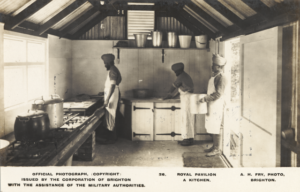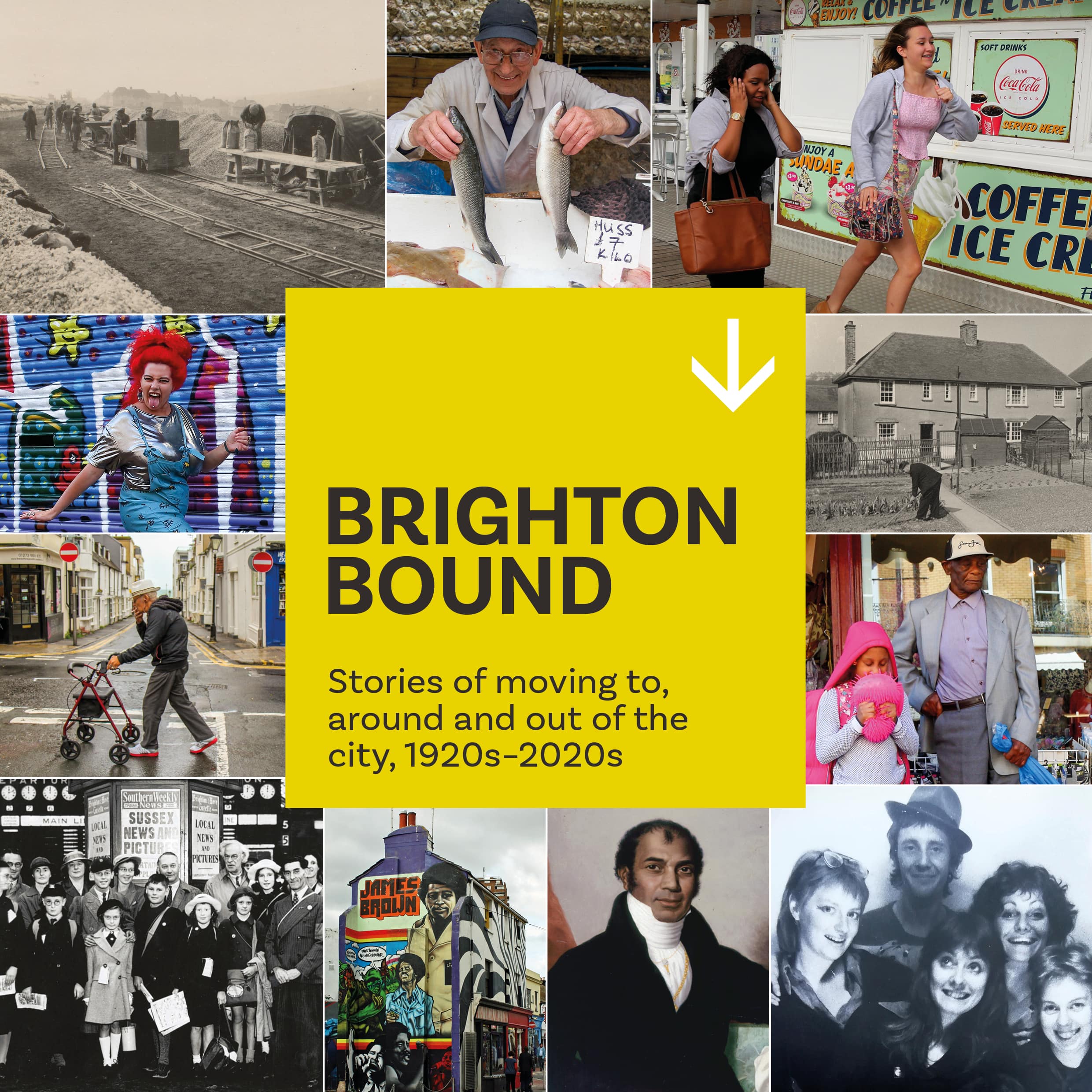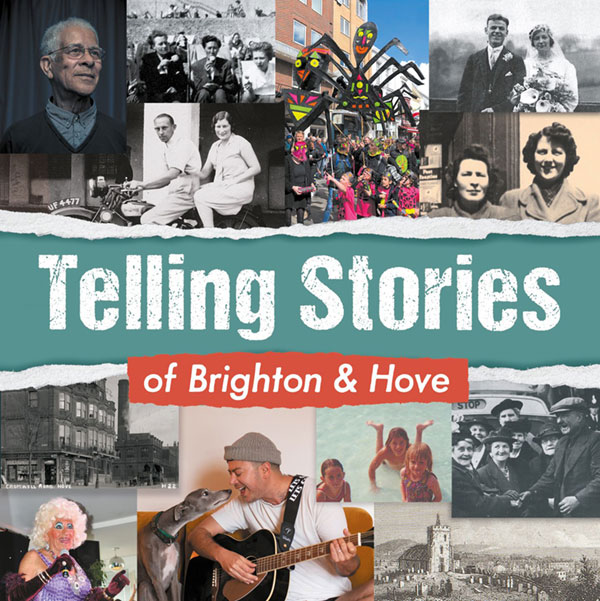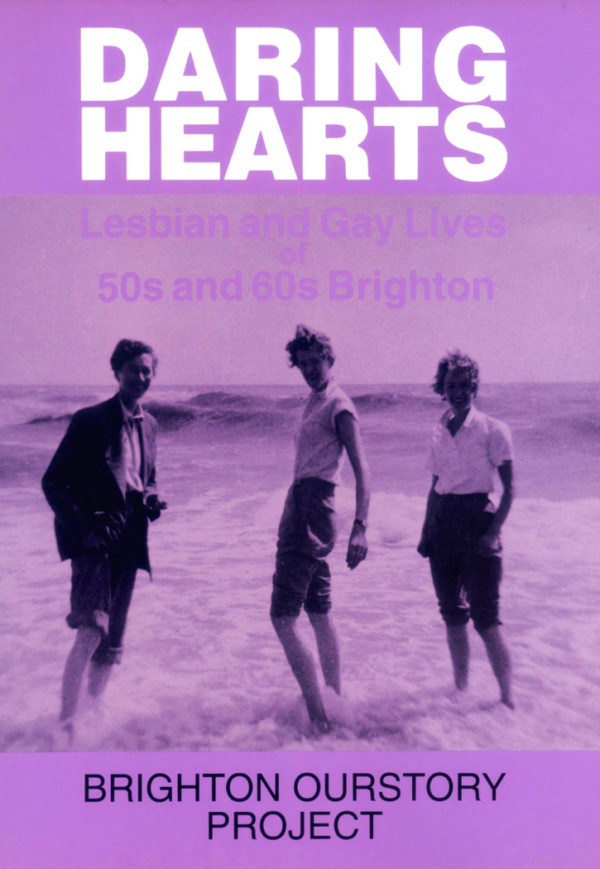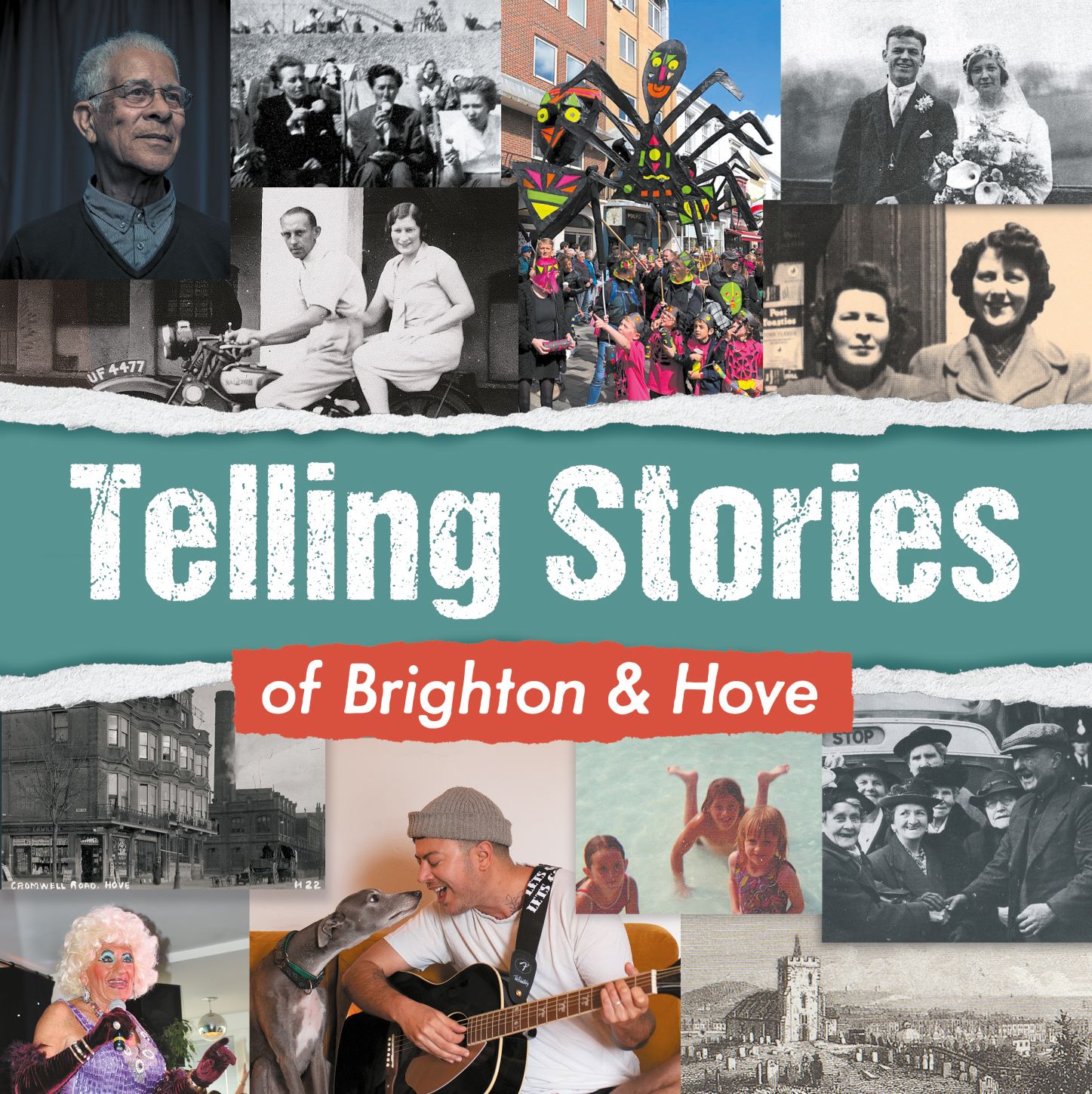Our archive contains a rich selection of books and pay-what-you-like downloads which uncover a fascinating story of real lives in Brighton during the First World War.
From memories of childhood to harrowing stories of the harshness of life for families struggling to make ends meet while loved ones were fighting in the trenches, these first-person accounts offer a valuable insight into ordinary people’s lives in Brighton and Hove in that turbulent period.
Blighty Brighton (e-book) uses personal recollections and artefacts such as posters, photographs, pictures, songs, to portray a collective memory of the city. Photographs are central to this work; for example Brighton Museum, Preston Manor and Brighton Reference Library are all featured pictorially.
In The Town Beehive (e-book) Daisy Noakes tells her story from the age of fourteen, when she went into service. She gives us an insight into the life of a woman born and brought up in Brighton during the years 1910-1934. Daisy was one of a family of ten, living in Prince’s Road and Vere Road.
At the Pawnbrokers (download) by Lillie Morgan tells an often shocking story of the grinding poverty faced by working people in Brighton during the First World War. As a teenager she was working at a pawnbroker’s in Edward Street and witnessed first-hand the desperate lengths people went to to find the price of a loaf of bread simply to feed their family. Women pawned their wedding rings and husbands’ suits whilst they were away at war, or flea-ridden blankets and bedsheets. At the Pawnbrokers tells of police collusion in black marketeering, the long hours worked in inhospitable conditions, and offers a snapshot of everyday life in Brighton at the time.
Poverty – Hardship but Happiness (e-book) by Albert Paul tells the story of a working class boy’s life in the years between 1903 and 1917, from his childhood through to adolescence. It looks at the hardships of life before and during the First World War and examines the ways that children’s lives changed as a result of the Great War.
In his 1992 memoir, The Smiling Bakers (download), George Grout describes the years when he lived and worked at the bakery at 34 Coombe Road, where his bedroom was full of paper bags, there were horses in the stable and he had to get up very early in order to get to work on time. This book presents a unique and detailed picture of working lives in Brighton from 1900 through to the Second World War.
Born in 1908 at the Marquess of Exeter pub (now the Chimney House), in her memoir A Life Behind Bars (download) Marjory Batchelor recalls her working life as a barmaid and pub landlady in and around the Brighton area. Marjory recalls her experiences of growing up and working through two World Wars and beyond in Brighton, Worthing, Rottingdean, Mile Oak and Portsmouth.
Brighton Shops Book 1900-1930 (download) documents memories of shopkeepers and street traders, based on interviews with people whose families had been trading in Brighton for decades. These vivid memories tell stories of hardship, determination, camaraderie, and enterprise.
Brighton’s Graphic War (hardback) is a graphic novel which focuses on the impact of World War One on home life. Created by 15 new young writers and artists, the book illustrates the huge social changes that took place from 1900 to 1920; from daily life at the workhouse, to washday in Hove, conscripts returning home after the horrors of the front line, to rationing on the domestic front – Brighton’s Graphic War details how the first modern war of the 20th Century impacted upon the people of a Sussex town.
Our Letter in the Attic project, now archived on the My Brighton & Hove site, offers valuable documentation of the era in the form of letters, photographs and other documents.
You may also like The Tale of a Boy Soldier (paperback) by George Parker. George was born into poverty in Brighton in 1898 and joined up to fight in the First World War at the age of just 15. He fought in the trenches in both Ypres and on the Somme and, although wounded, survived the horrors of the ‘war to end all wars’. In 1969 George wrote this memoir The Tale of a Boy Soldier which provides us with a first-hand account of life in Brighton before the First World War and, in particular, of life for a young soldier in the trenches.
The Landlord Cometh (paperback) is a memoir of the First World War and working class life in London in the early 20th century. Born in 1894 in London, Jack Cummins lived in Brighton from 1959. Jack joined the army in the First World War as, paradoxically ‘the only pacifist who took up arms’. The book tells of his experiences in the trenches, where he was twice injured.
You’ll also find all our books available in Brighton’s Jubilee Library and at the East Sussex Record Office, The Keep.
Featured image: Indian soldiers cooking at the Royal Pavilion, contributed by Brighton & Hove Museums to our Photographic Archive.

